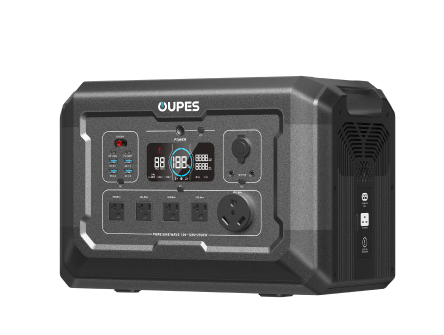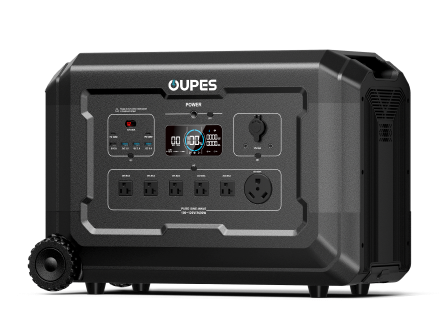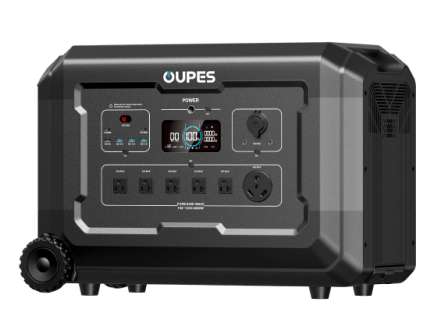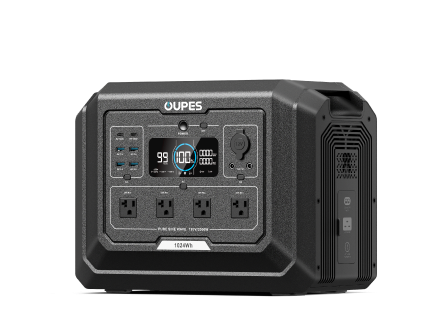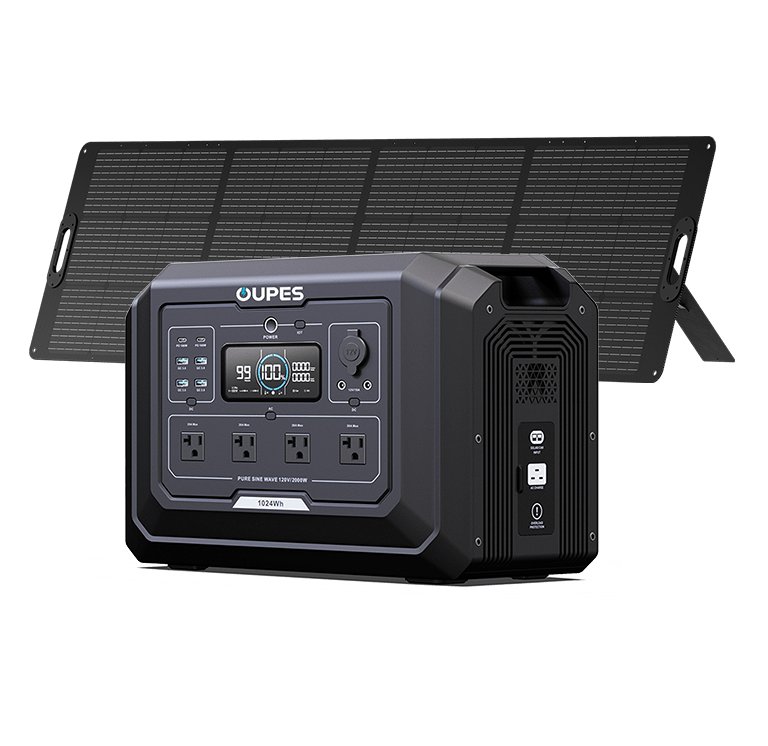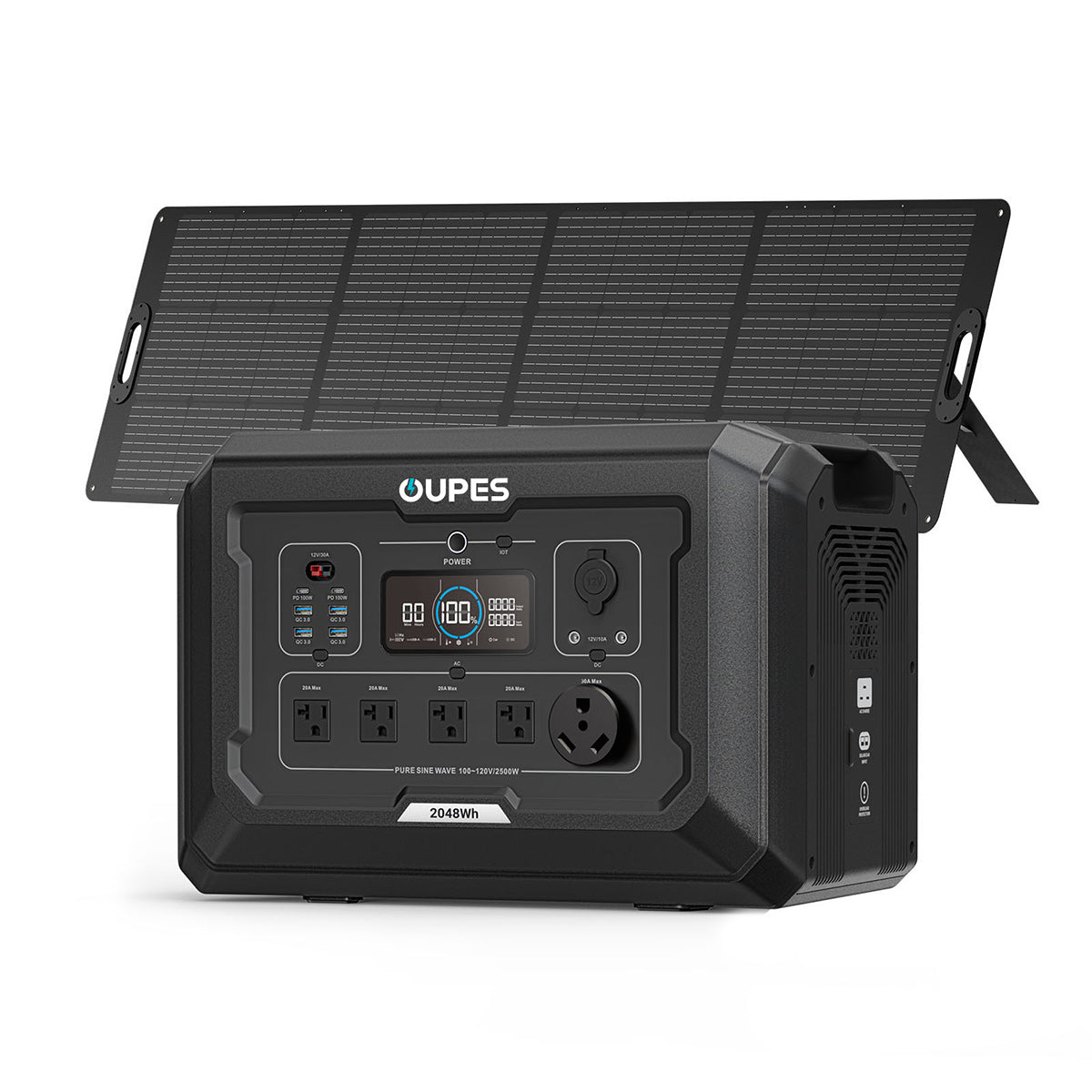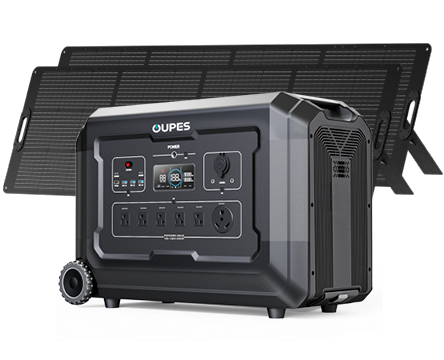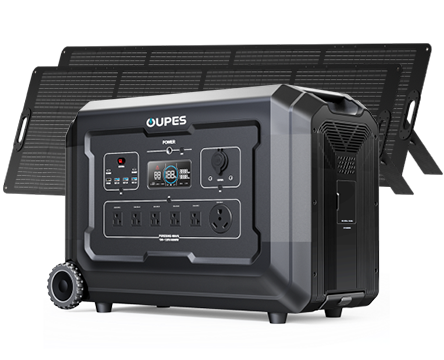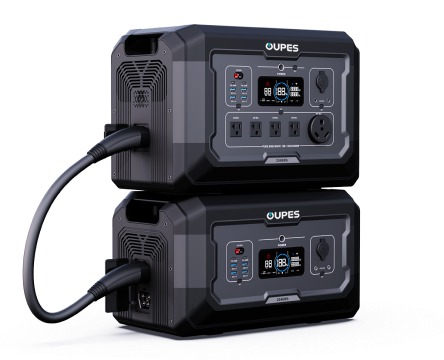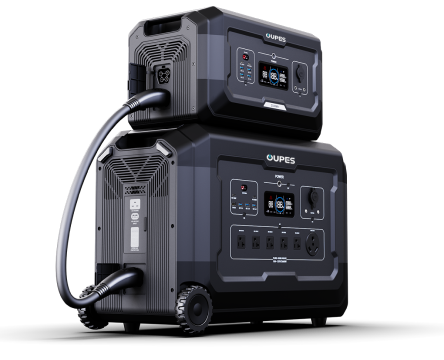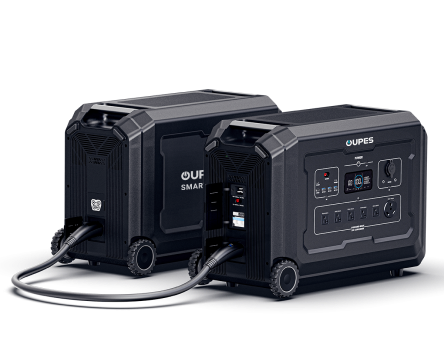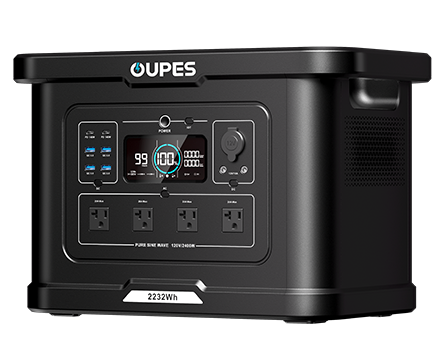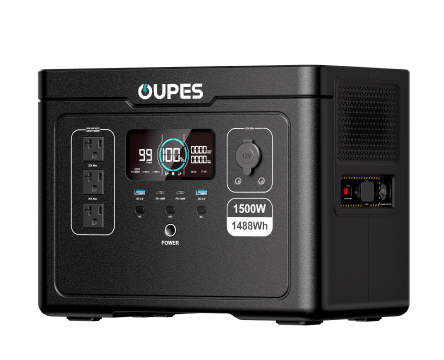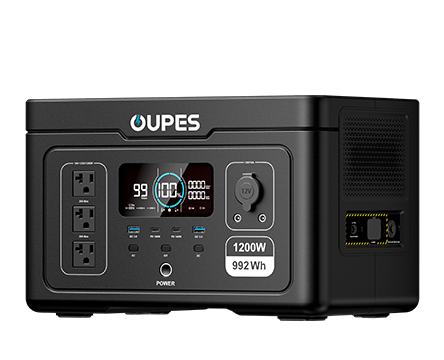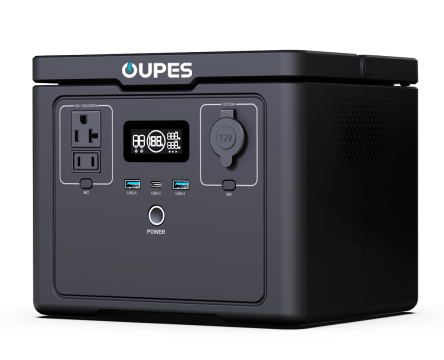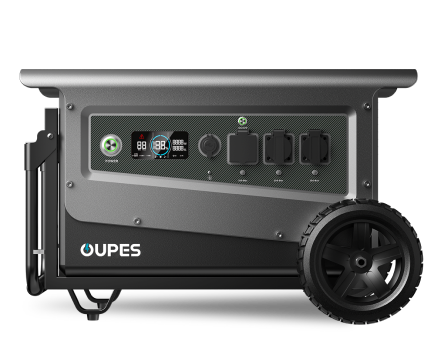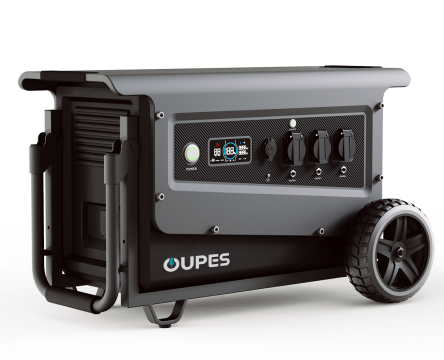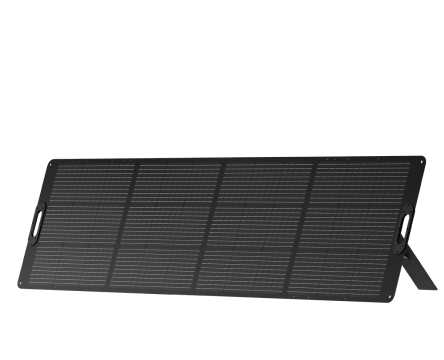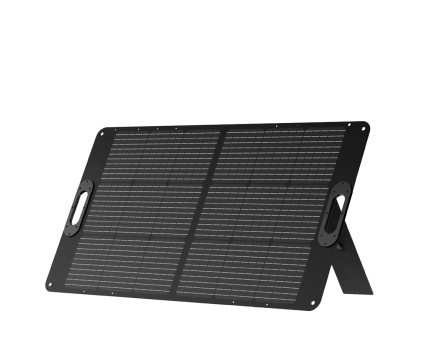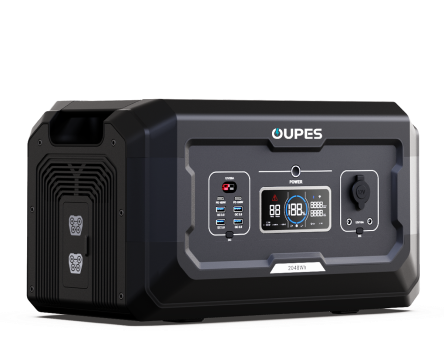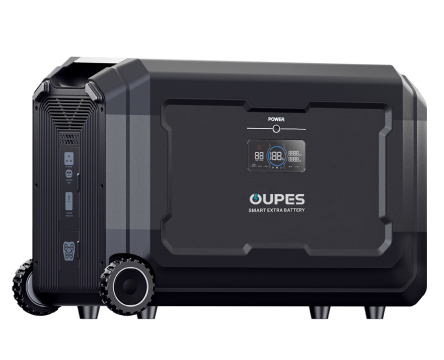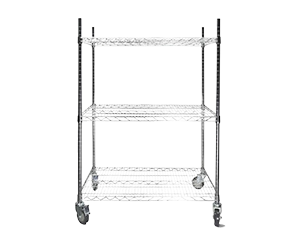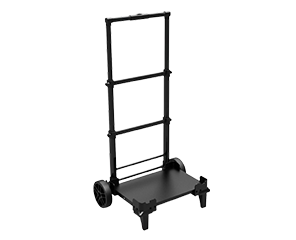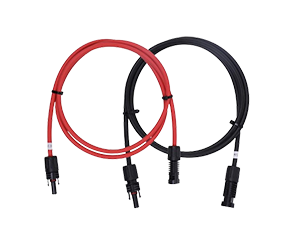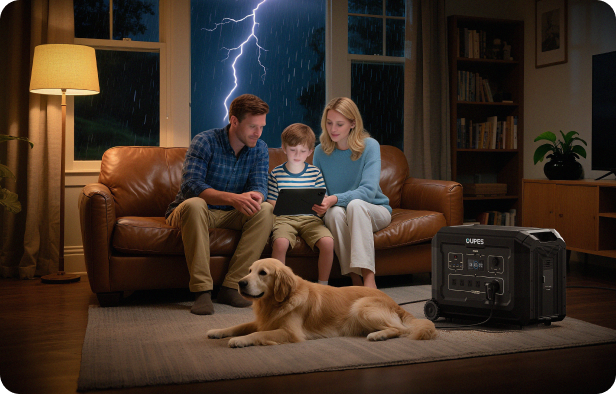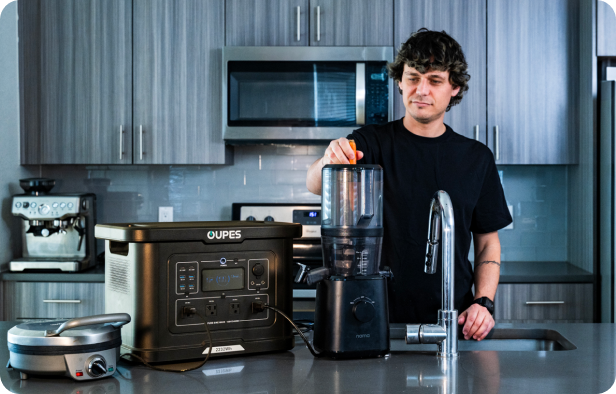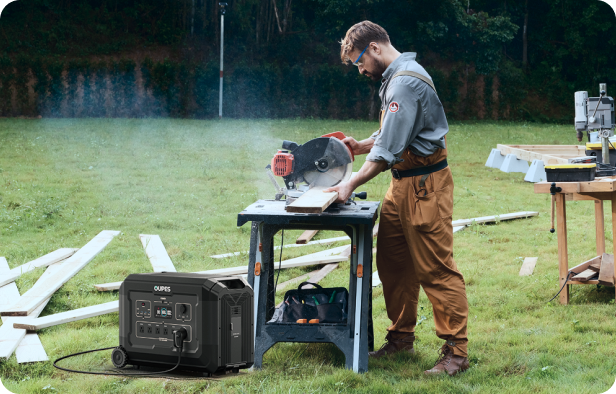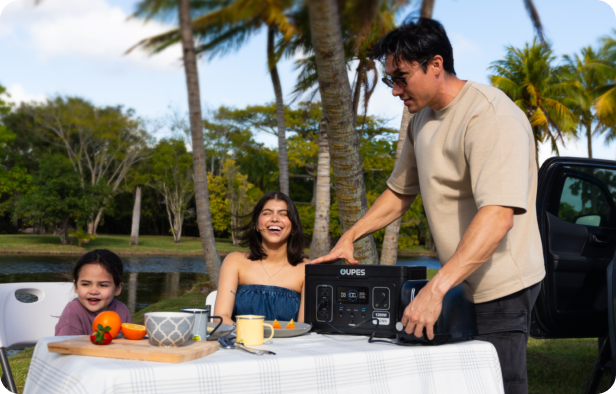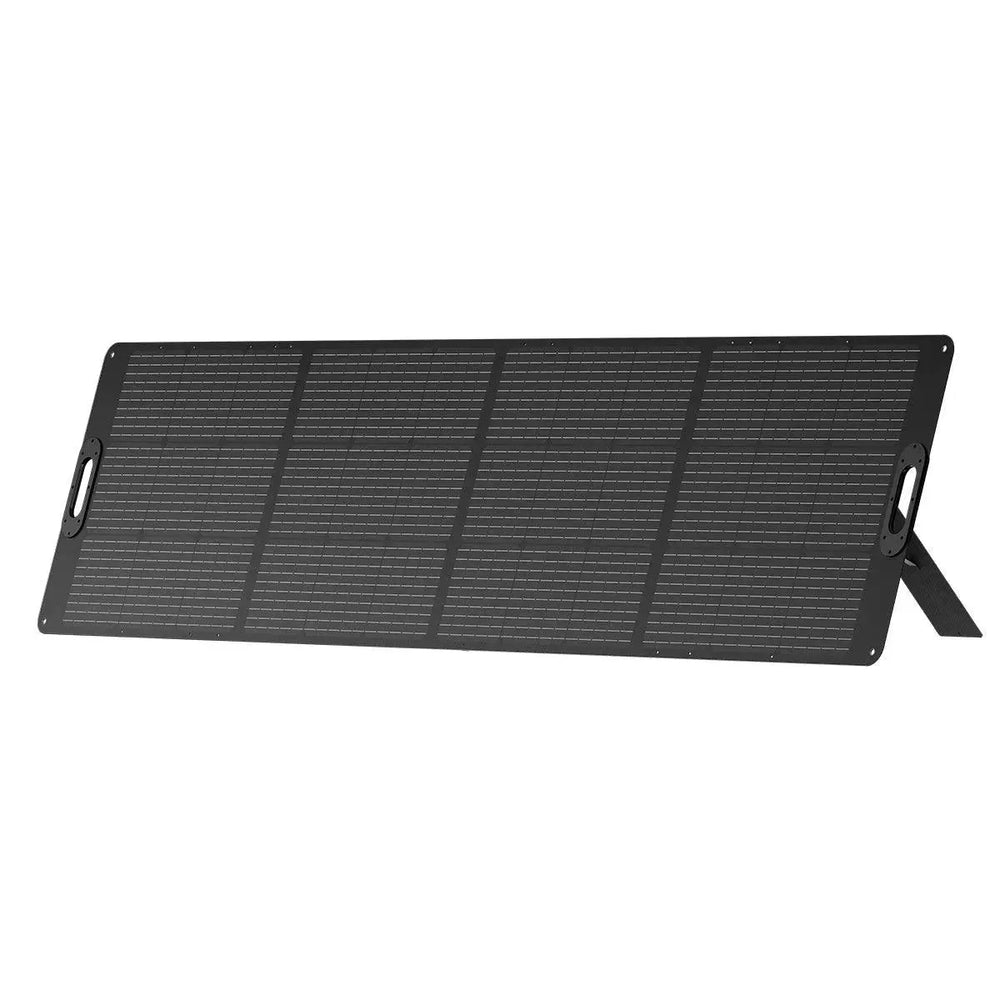
TL;DR / Key Takeaways
- Rechargeable generators provide clean, portable power without fuel or emissions.
- They are ideal for home backup, outdoor activities, and professional use.
- Battery capacity, wattage, and charging methods determine performance.
- OUPES offers durable, high-capacity rechargeable generators built for versatility and reliability.
Introduction
Rechargeable generators, also known as battery-powered generators, are transforming the way households, businesses, and outdoor enthusiasts approach portable energy. Unlike traditional fuel-based units, these systems provide silent, emission-free power that aligns with sustainability goals while ensuring energy security. The U.S. Department of Energy highlights the increasing adoption of battery storage solutions in both residential and commercial applications.
What Is a Rechargeable Generator?
A rechargeable generator is a portable power source that uses built-in lithium-ion or lithium iron phosphate (LiFePO4) batteries. These units store electricity from wall outlets, solar panels, or car chargers, then release it through multiple AC and DC outlets to power devices ranging from smartphones to refrigerators.
How Do Rechargeable Generators Work?
The operation involves three core steps:
- Charging: The generator receives energy from AC, solar, or vehicle inputs.
- Storage: The energy is stored in high-capacity batteries for later use.
- Conversion: An inverter transforms stored DC energy into AC power for appliances.
Modern units often include smart management systems to protect against overcharging, overheating, and short circuits.
Key Benefits of Rechargeable Generators
- Clean Energy: No emissions, making them environmentally friendly.
- Silent Operation: Ideal for indoor and nighttime use.
- Low Maintenance: No fuel, oil changes, or moving parts required.
- Versatility: Power a wide range of devices, from camping gear to home appliances.
- Renewable Integration: Easily pair with solar panels for sustainable energy.
Comparison with Gas Generators
| Feature | Rechargeable Generator | Gas Generator |
|---|---|---|
| Power Source | Battery, solar, AC charging | Gasoline or diesel |
| Noise | Silent | Loud |
| Emissions | Zero | CO2, fumes |
| Maintenance | Minimal | High (oil, fuel, servicing) |
| Suitability | Indoor/outdoor, eco-conscious users | Outdoor only |
Real-Life Use Cases
Home Backup
During outages, rechargeable generators can keep lights, routers, and refrigerators running for hours.
Outdoor Activities
Campers and RV travelers use them for cooking appliances, lighting, and charging electronics.
Professional Applications
Contractors and field workers benefit from portable power for tools and laptops without relying on fuel supplies.
OUPES Rechargeable Generator Solutions
OUPES designs advanced rechargeable generators that combine high-capacity storage, multiple charging options, and robust safety systems. Whether for home backup, outdoor adventure, or professional use, OUPES provides versatile energy solutions built to last.
FAQ
How long do rechargeable generators last?
Most units provide 2,000–3,500 charge cycles, translating to 8–10 years of use.
Can a rechargeable generator power a refrigerator?
Yes. Many mid-to-high capacity units can run refrigerators for several hours, depending on size and load.
Are they safe for indoor use?
Yes. Since they produce no emissions, they are safe to operate indoors.
How long does it take to recharge?
AC charging typically takes 4–8 hours. Solar charging depends on sunlight and panel capacity.
Do rechargeable generators work with solar panels?
Yes, most models are compatible with solar panels for renewable energy input.
Conclusion
Rechargeable generators represent a modern, eco-friendly alternative to traditional power sources. With silent operation, versatile charging, and long lifespan, they are increasingly valuable for households, travelers, and professionals. OUPES provides dependable solutions to meet diverse power needs without sacrificing sustainability or convenience.

